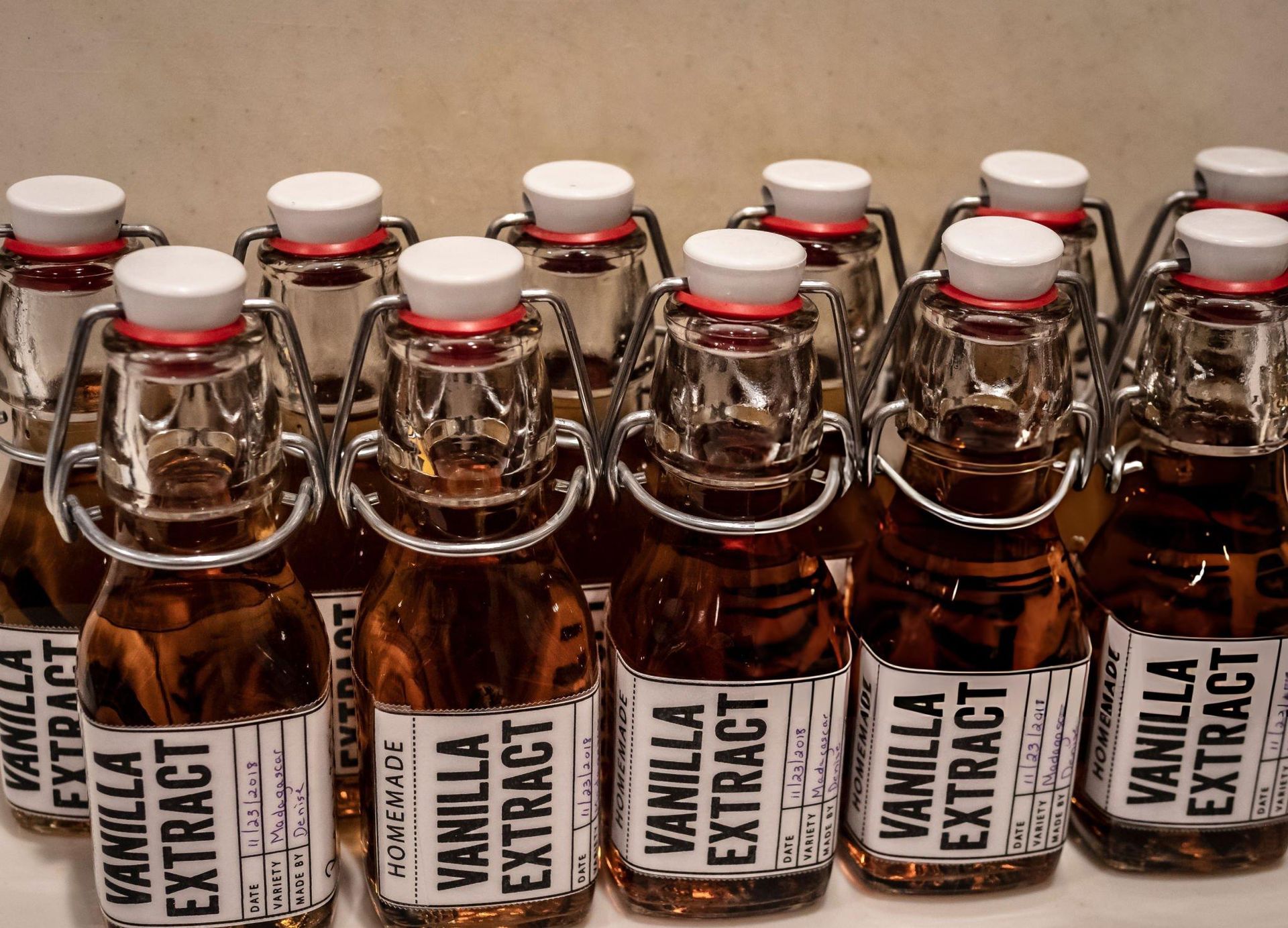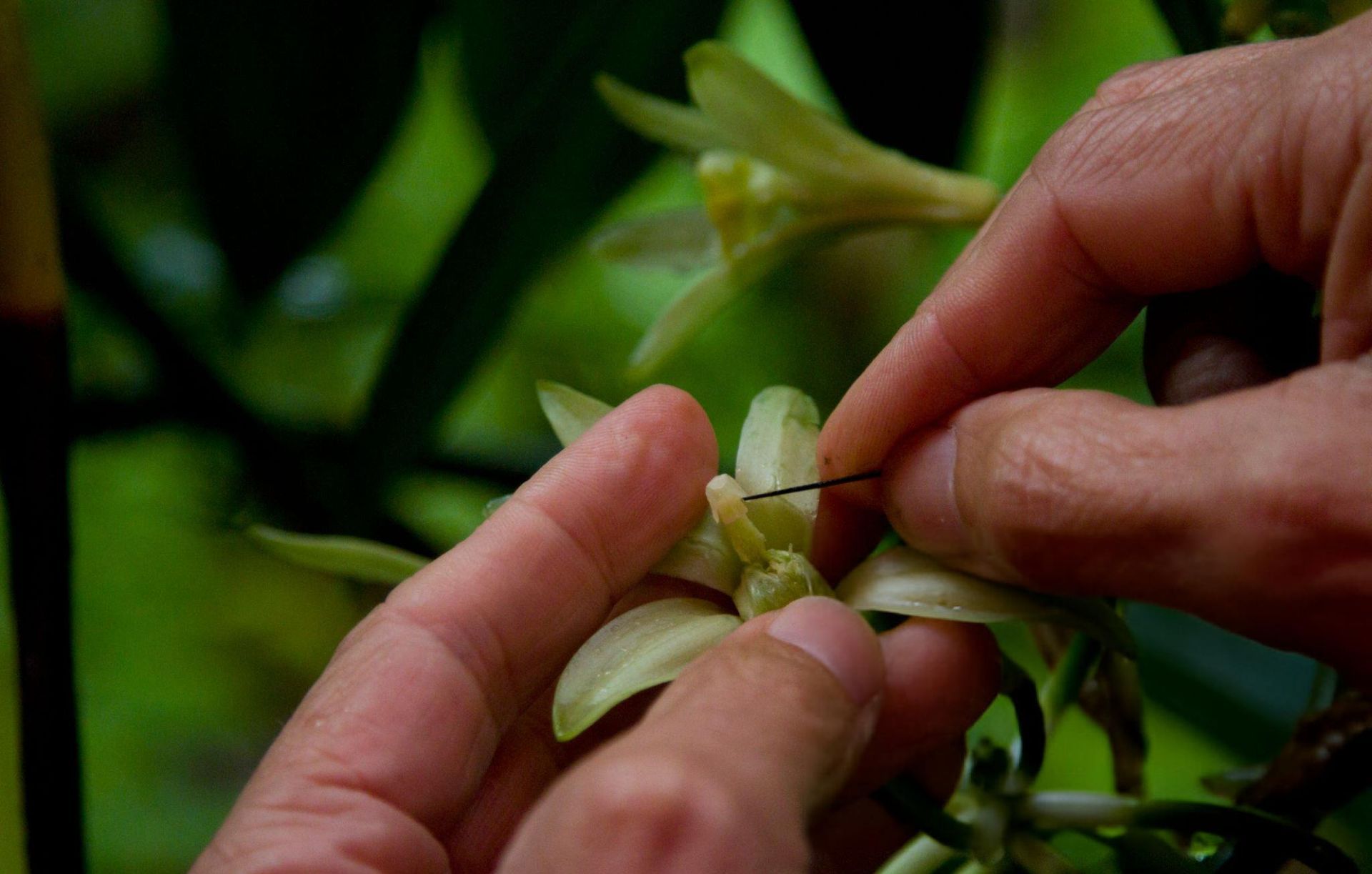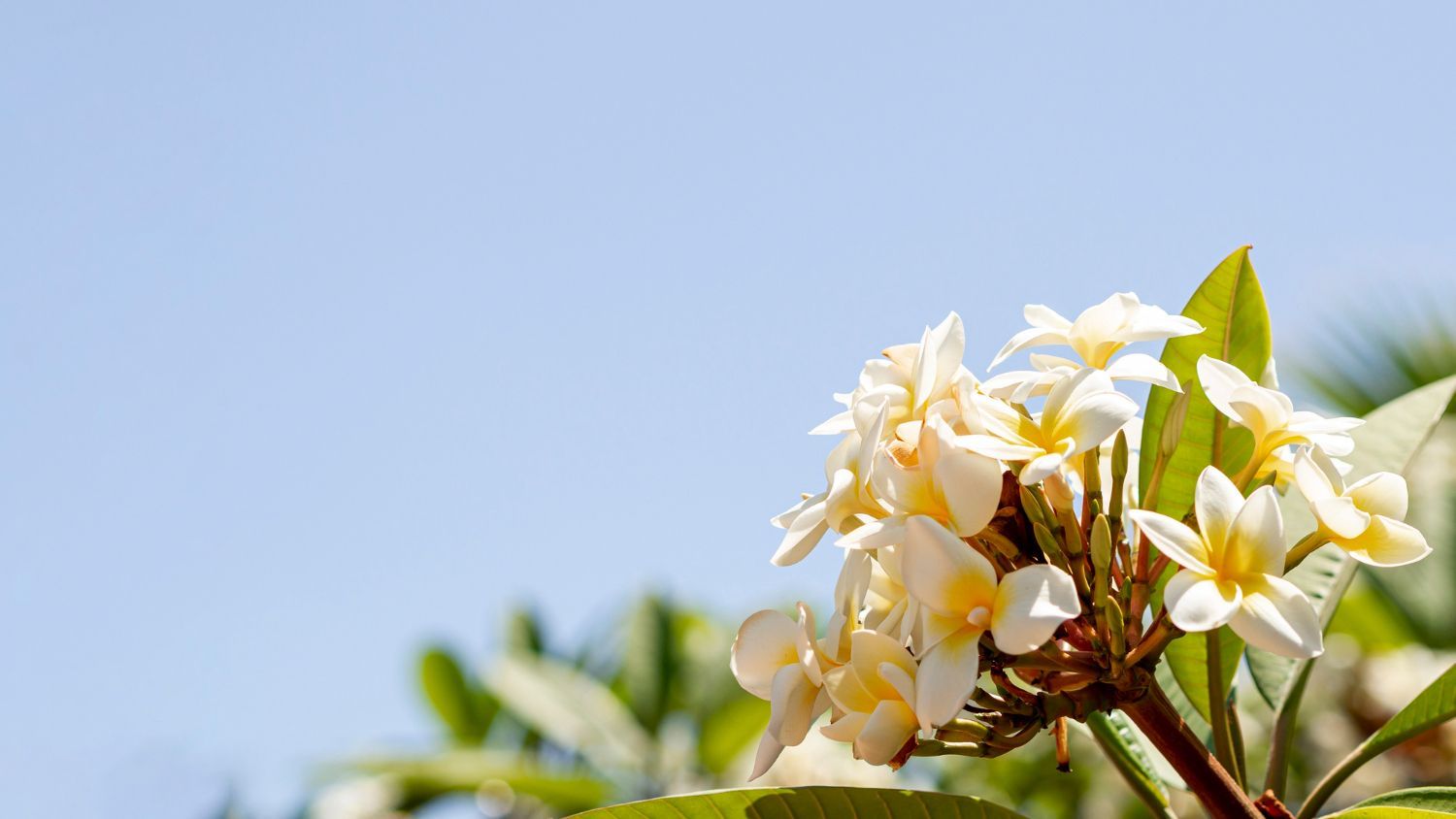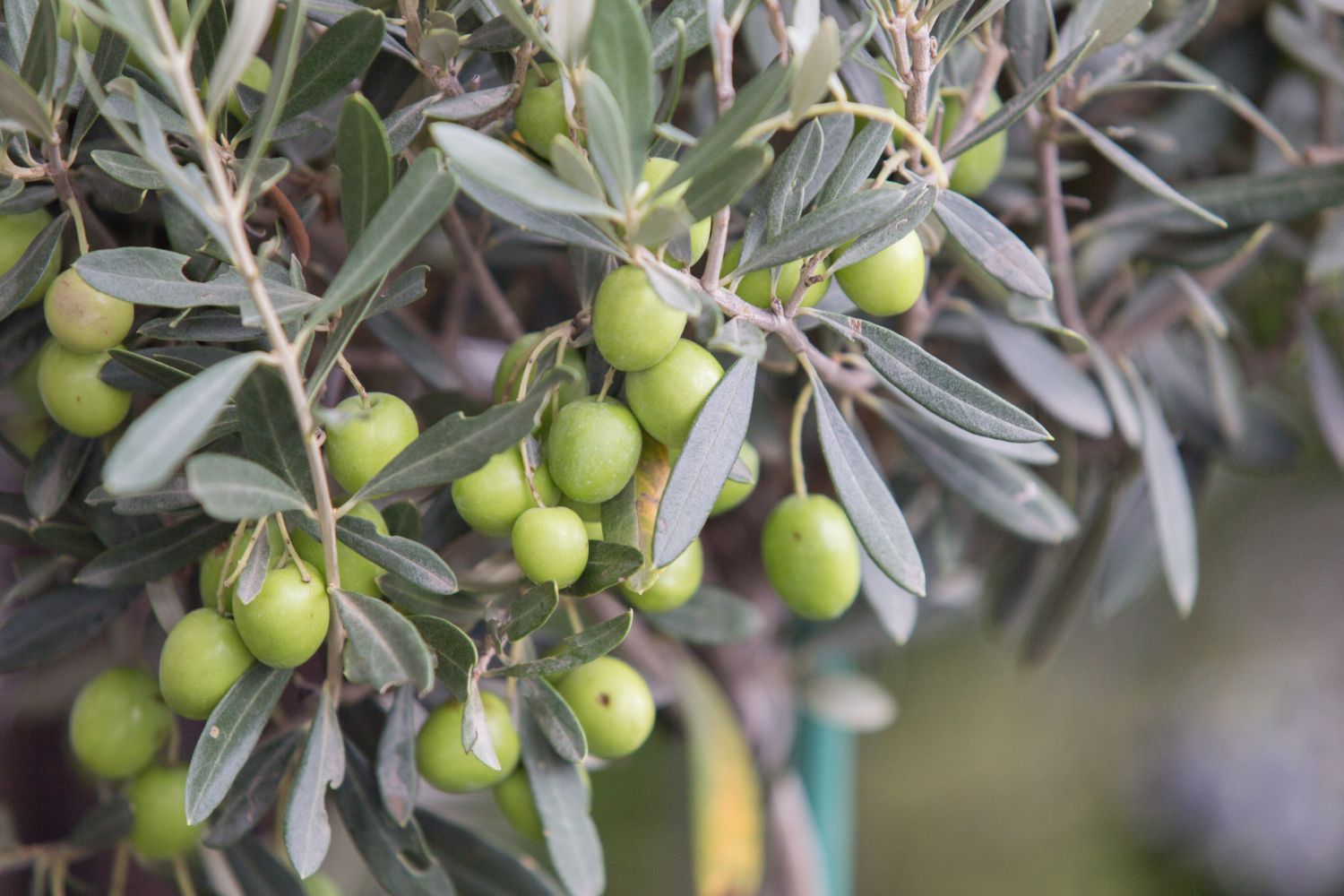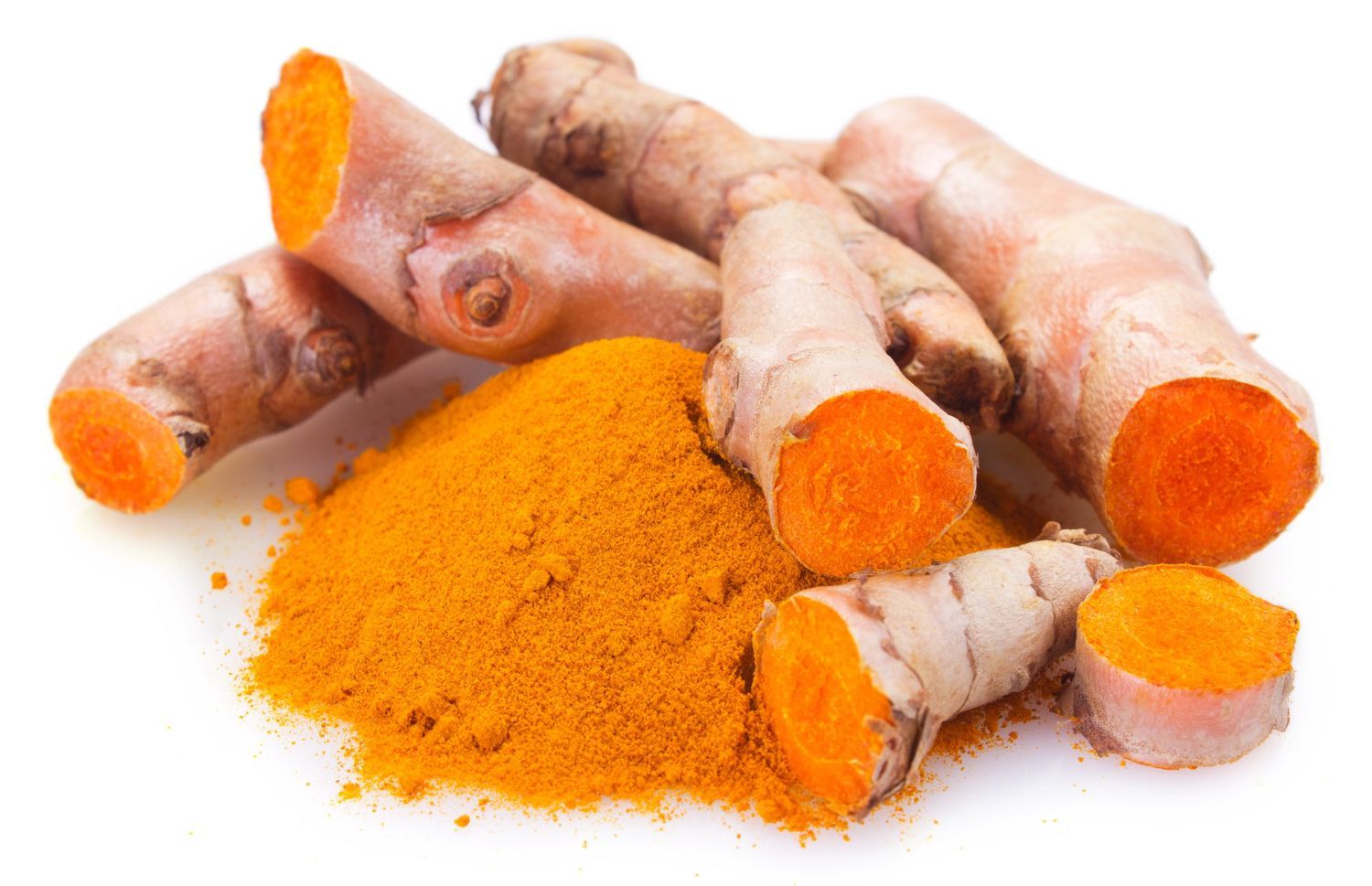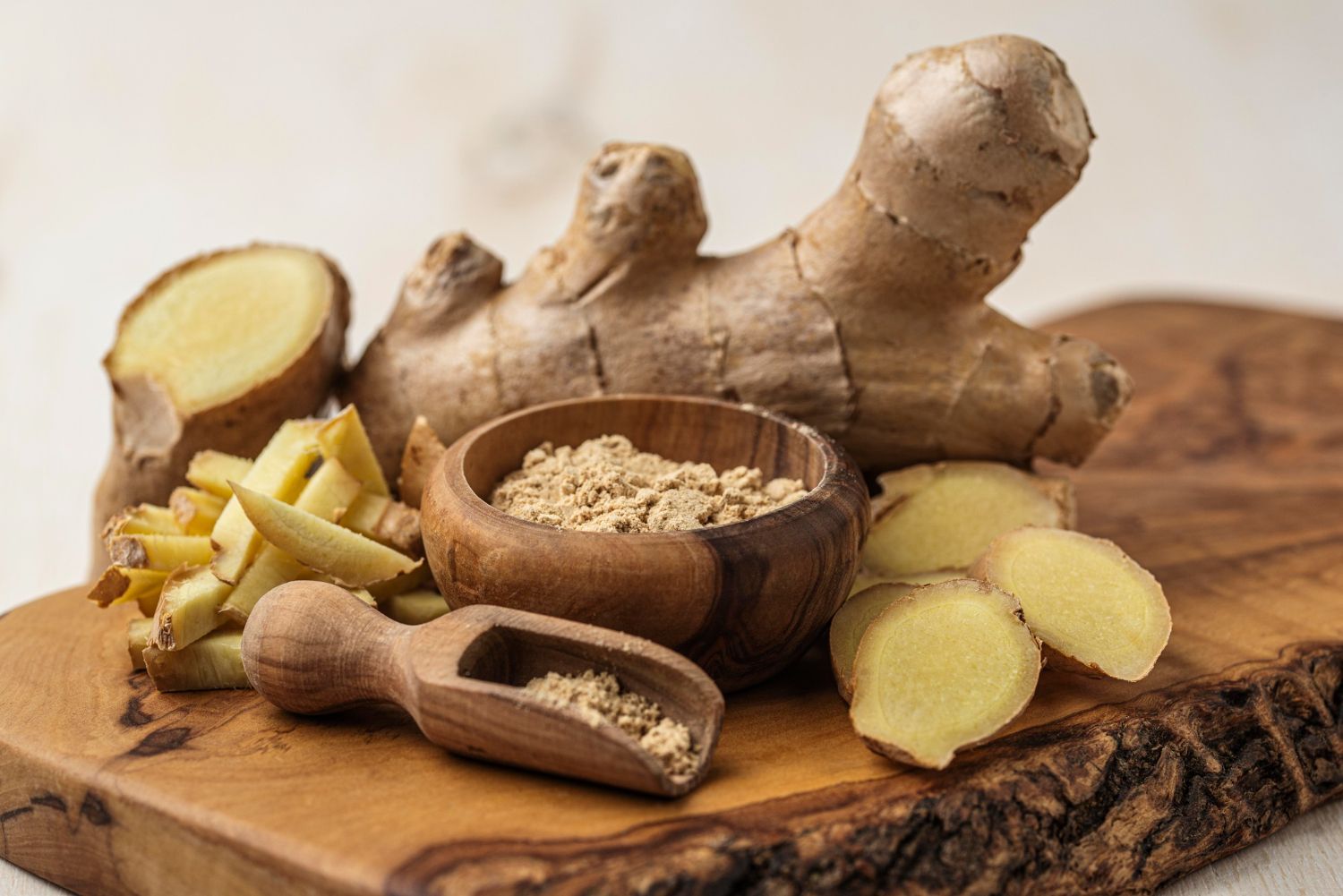Growing turmeric in Florida can seem like you're starting an exciting adventure. This popular spice, with its brilliant yellow hue, thrives exceptionally well under the state's warm, humid conditions. However, even the most enthusiastic farmers can run into a few bumps along the way. Maintaining a healthy turmeric farm means identifying and solving problems before they start impacting your harvest. Understanding the common issues, like pests or nutrient deficiencies, is the first step in keeping your farm productive and successful.
Florida’s climate provides a fantastic backdrop for turmeric farming. The sunshine and rainfall can fuel impressive growth if managed correctly. But with the benefits also come challenges that require your attention and care. Identifying potential issues early, such as pest infestations or irrigation problems, can ensure that your turmeric plants stay healthy and productive. Let's look into the common challenges and how you can effectively troubleshoot these to make your turmeric farm thrive.
Common Pests and Diseases
Dealing with pests and diseases might not be your favorite part of farming, but it’s crucial to tackle them head-on to protect your turmeric plants. In Florida, certain pests pose a real threat to turmeric crops, including aphids and cutworms. These pesky critters can cause significant damage if they’re not caught early. Watch out for cluster columns around your plants and bite marks on the leaves, as these are clear signs of an infestation.
Early detection is your best ally against pest outbreaks. Regularly inspect your plants for any unusual signs. Use a flashlight during evening hours as many pests are more active at night. This habit helps catch infestations before they spiral out of control. To manage pests, consider eco-friendly solutions like neem oil or natural predators such as ladybugs. They’re both effective and gentle on your turmeric.
Diseases like rot and fungus can also be common, especially with Florida’s high humidity levels. Always maintain good garden hygiene by clearing away any fallen leaves or debris that can harbor pathogens. Ensuring proper air circulation around your plants can also minimize the risk of disease, keeping your turmeric healthier for longer.
Nutrient Deficiencies
Turmeric plants are resilient but still need the right nutrients to flourish. In Florida's sandy soils, you might see signs of nutrient deficiencies, such as yellowing leaves or stunted growth. These signs often indicate a lack of nitrogen, potassium, or phosphorous, which are essential for healthy plant development.
Tackling nutrient deficiencies begins with soil testing. Understanding what your soil lacks allows you to apply the right fertilizers. Opt for organic composts or well-balanced fertilizers that replenish nutrients without causing harm to the environment. Regularly adding compost or well-rotted manure can improve soil health and provide slow-release nutrients for turmeric.
When addressing suspected deficiencies, always start small by applying fertilizers in minimal amounts. Observe the plants for any changes over the next few weeks before adding more. Using too much fertilizer at once can harm the plants, leading to more problems down the road. A balanced approach ensures your turmeric gets what it needs to thrive without overwhelming its natural growth processes.
Irrigation and Drainage Problems
Making sure your turmeric plants get the right amount of water is a balancing act. Too much or too little can lead to problems that impact growth. In Florida, the natural humidity and rainfall can sometimes hide the signs of overwatering. If you notice your plants wilting or the soil seems too soggy, it's time to evaluate your irrigation methods. Consider using a drip irrigation system which allows for precise water application, preventing waterlogged roots and encouraging deep root growth.
Drainage is equally important. Poor drainage can cause root rot and other diseases. If your turmeric beds are facing drainage issues, here are some helpful tips:
- Raise the planting beds slightly to allow water to run off more easily.
- Add sand or organic matter to increase soil permeability.
- Regularly check and clean drains and ditches around the farm to ensure unobstructed water flow.
By carefully managing both irrigation and drainage, your turmeric plants will have the best chance to thrive without the added stress of improper water conditions.
Environmental Stressors
Florida's weather can be quite the rollercoaster, and that can really stress out your turmeric plants. From heat waves to sudden storms, these climatic ups and downs need to be managed wisely to keep your crops healthy. Protecting your turmeric from stress involves knowing what to expect and how to act quickly.
Extreme temperatures might cause wilting or scorching on leaves. Consider using shade cloths during the hottest parts of the day. This practice can help regulate temperature and protect against sun damage. Heavy rainfall or storms can disturb the soil and plant stability. Ensure soil anchors are strong and drainage is effective to handle sudden downpours.
Humidity is another factor that can't be ignored. It often leads to fungus or mold growth. Good spacing between plants helps improve air circulation, reducing the chances of moisture-related issues. Getting into the habit of checking the weather forecast can aid in the preparation for extreme conditions, and help make plans for protecting your turmeric farm.
Nurturing Turmeric Farm Success in Florida
Running a turmeric farm in Florida is all about embracing the local climate and soil while navigating its potential challenges. Understanding pests, diseases, and environmental stressors plays a crucial role in growing healthy turmeric. By focusing on proper irrigation and nutrient management, you set a strong foundation for your plants.
Consistency is key. Regular inspections and adjustments to care strategies can help spot issues early and prevent larger problems. Keeping detailed records of what works will aid in fine-tuning your approach each season. Remember, even when issues arise, they're not insurmountable with the right attention and action.
By doing a little prep work and responding swiftly to challenges, your turmeric farm can become more resilient year after year. Embrace each season as a new opportunity to refine your methods and enjoy the vibrant growth that Florida's conditions can offer.
Embrace the full potential of your
turmeric farm and take the first step to overcoming common challenges. Feel the satisfaction of seeing your crops flourish. At Sunshine State Vanilla, we understand the ins and outs of growing in Florida's unique climate. Explore how our experience can help optimize your farm's success and keep your turmeric thriving year after year.




